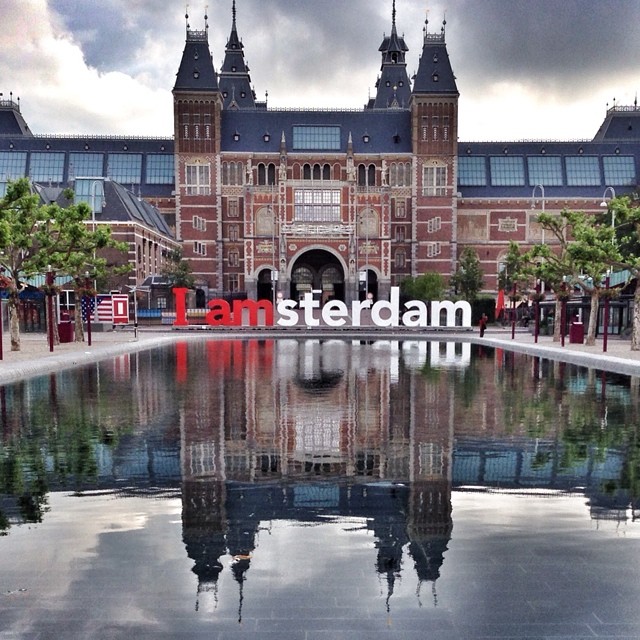Canals
Singel
The Singel canal served as a moat around the city between 1480 and 1585. It is the innermost of four canals which make up the Grachtengordel, which is recognised as a world heritage site by UNESCO.
Herengracht
Dating back to 1613, Herengracht was created along with Keizersgracht & Prinsengracht as part of the city’s expansion. Later, The Golden Bend was added and became a symbol of the wealth of Amsterdam’s Golden Age.
Keizergracht
The widest of the four Grachtengordel canals is named after Emperor Maximilian of Austria. It is home to historic buildings the Rode Hoed, Syrian Orthodox Church, Felix Meritis, City Archive and Museum van Loon.
Prinsengracht
Prinsengracht (Prince’s Canal) is the fourth and the longest of the main canals in Amsterdam. The Noorderkerk church, Noordermarkt market, Anne Frank House, and the Westerkerk can all be found on Prinsengracht.
Brouwersgracht
The Brouwersgracht canal dates back to 1594 and owes its name to the many breweries which could be found here in the sixteenth and seventeenth centuries. The canal boathouses, bridges and warehouses with bright red shutters make this a very picturesque area.
Reguliersgracht canal passing through the Herengracht, Keizergracht & Prinsengracht is perhaps most picturesque and tranquil locations for taking photos. Along this canal, are the Amstelkerk church, midwife’s house, carpenter’s house and bridge-of-fifteen bridges.
Leliegracht
The canal was formed in 1612 when the canal-ring was dug. On the side of Prinsengracht, the remnants of a lock can be seen. This was used to manage the lower water levels in Prinsengracht and the higher levels of the water in Leliegracht, Keizersgracht and Herengracht.
Blauwburgwal
Blauwburgwal is Amsterdam shortest canal connecting the Singel and Herengracht canals. During WWII this peaceful canal was the scene of great devastation when a German bomb landed on the corner of Herengracht. Fourteen buildings were destroyed and forty-four people lost their lives.
Groenburgwal
Groenburgwal connects Raamgracht with the river Amstel and was a part of the city which produced textiles. Picturesque view of the canal together with Zuiderkerk was painted captured by Monet in 1874. The building which is home to the English Episcopal Church was renovated in 1827 making it one of the first neo-Gothic churches in the Netherlands.
Squares
Dam Square
Rembrandtplein
Leidseplein
Museumplein
Waterlooplein
Muntplein
Nieuwmarkt
Noordermarkt
Spui
Art
Rembrandt
Van Gogh
Music
Tours
Walking Tours
Bike Tours
Bus Tours
Canal Tours
History
Canals
Monuments
Timeline
People
